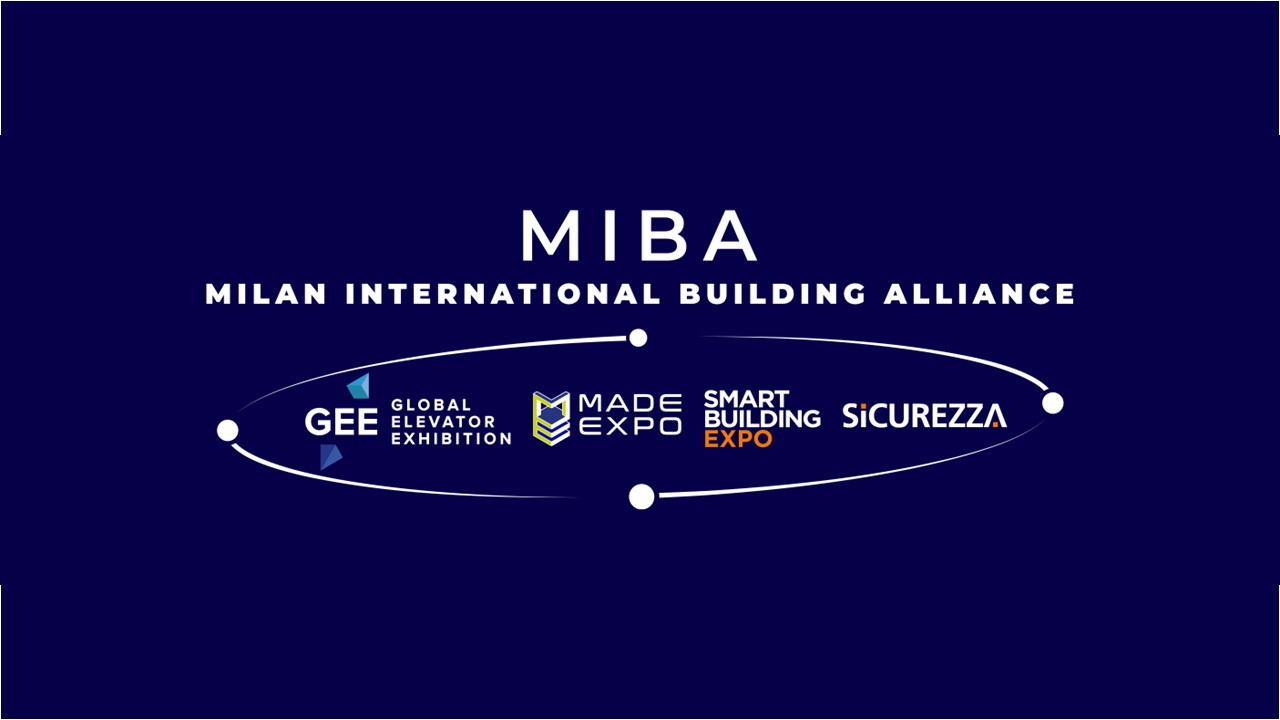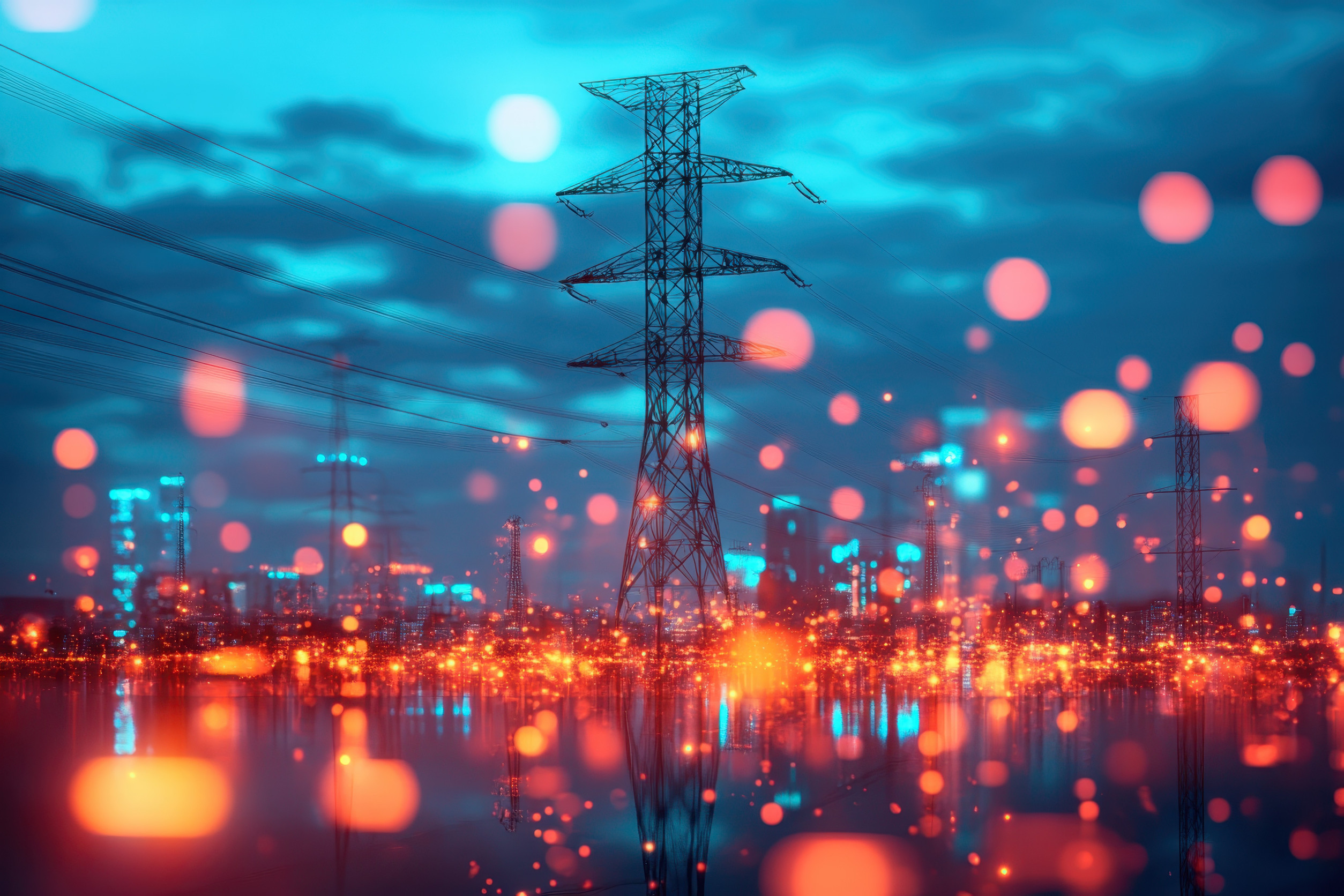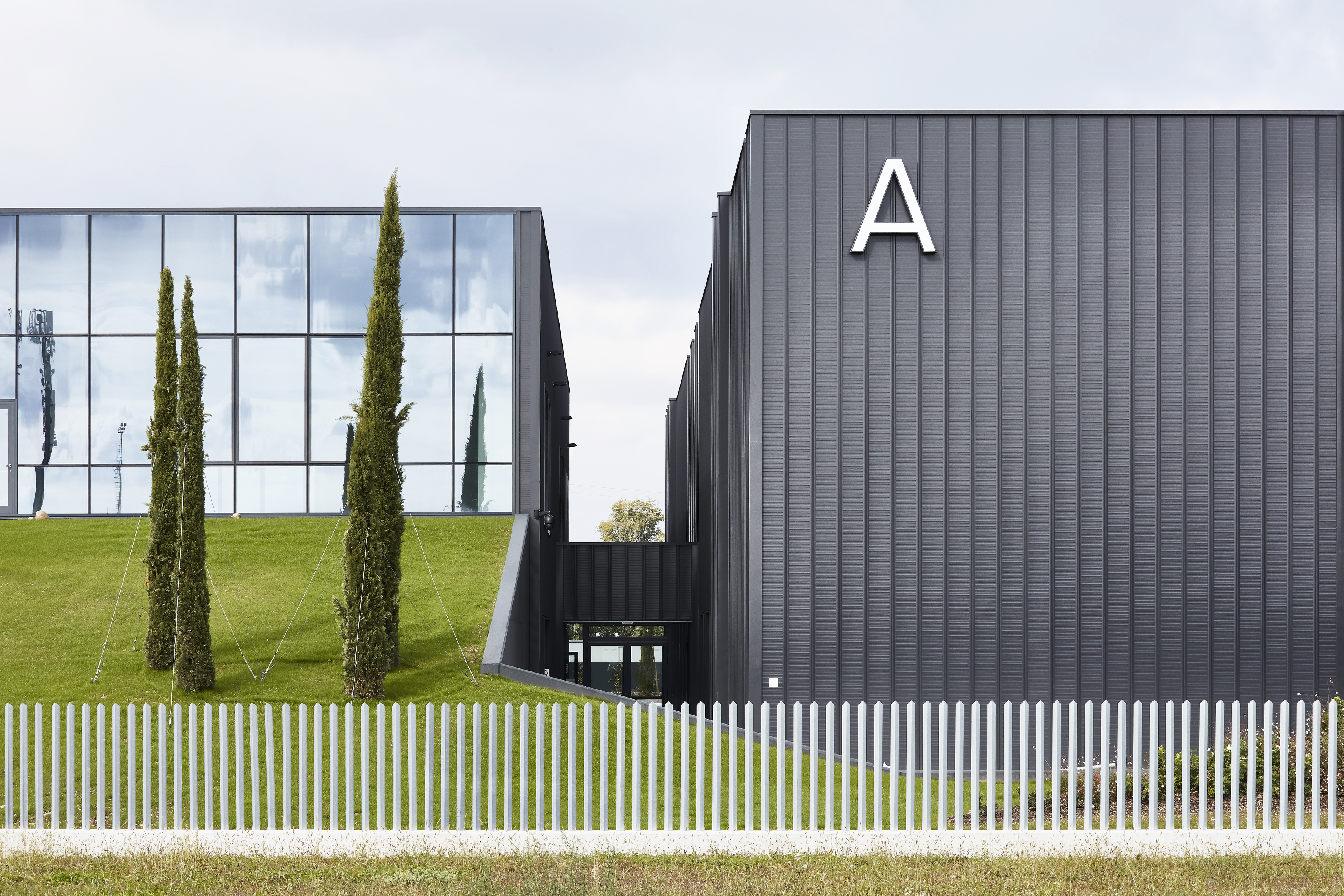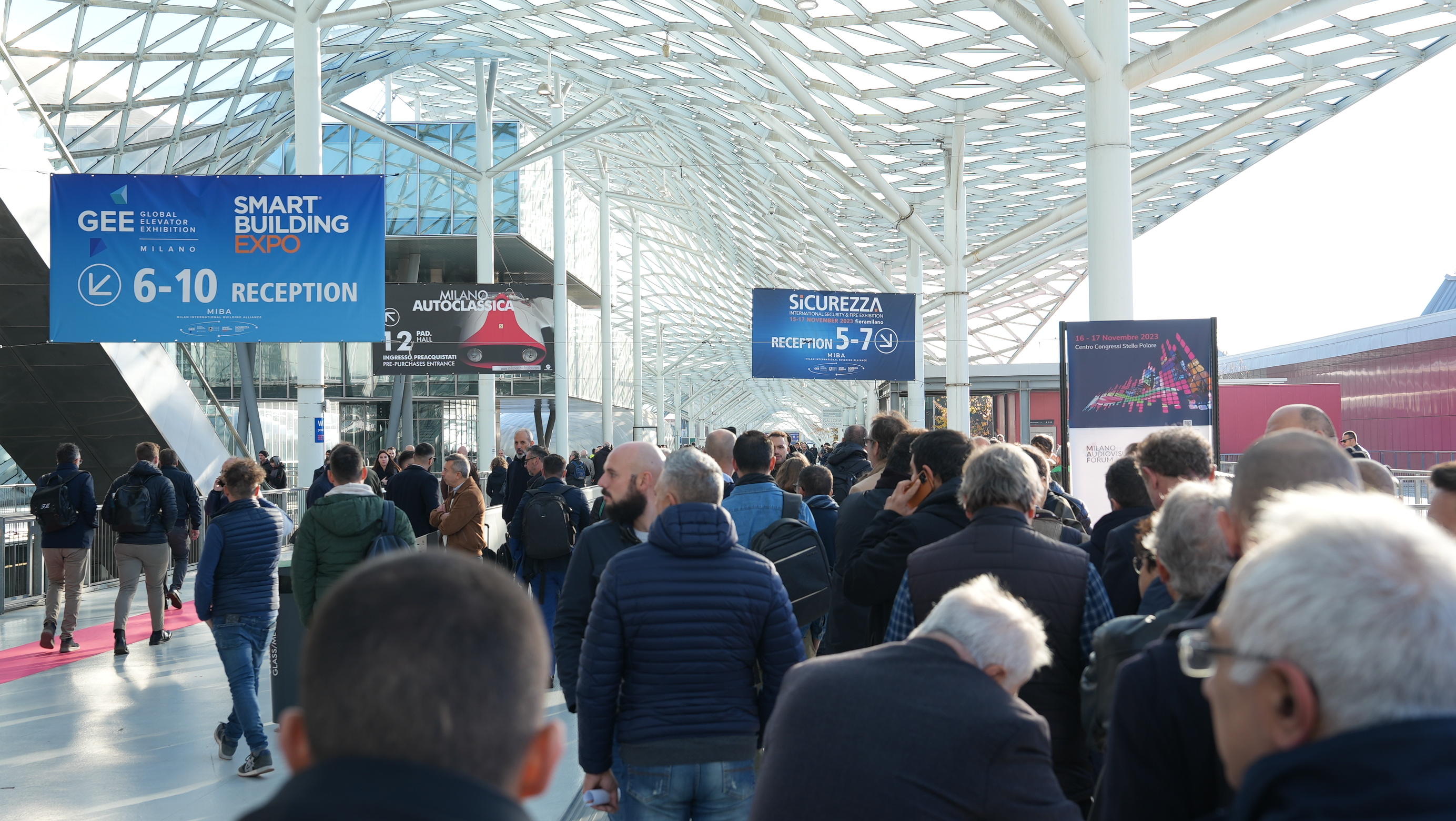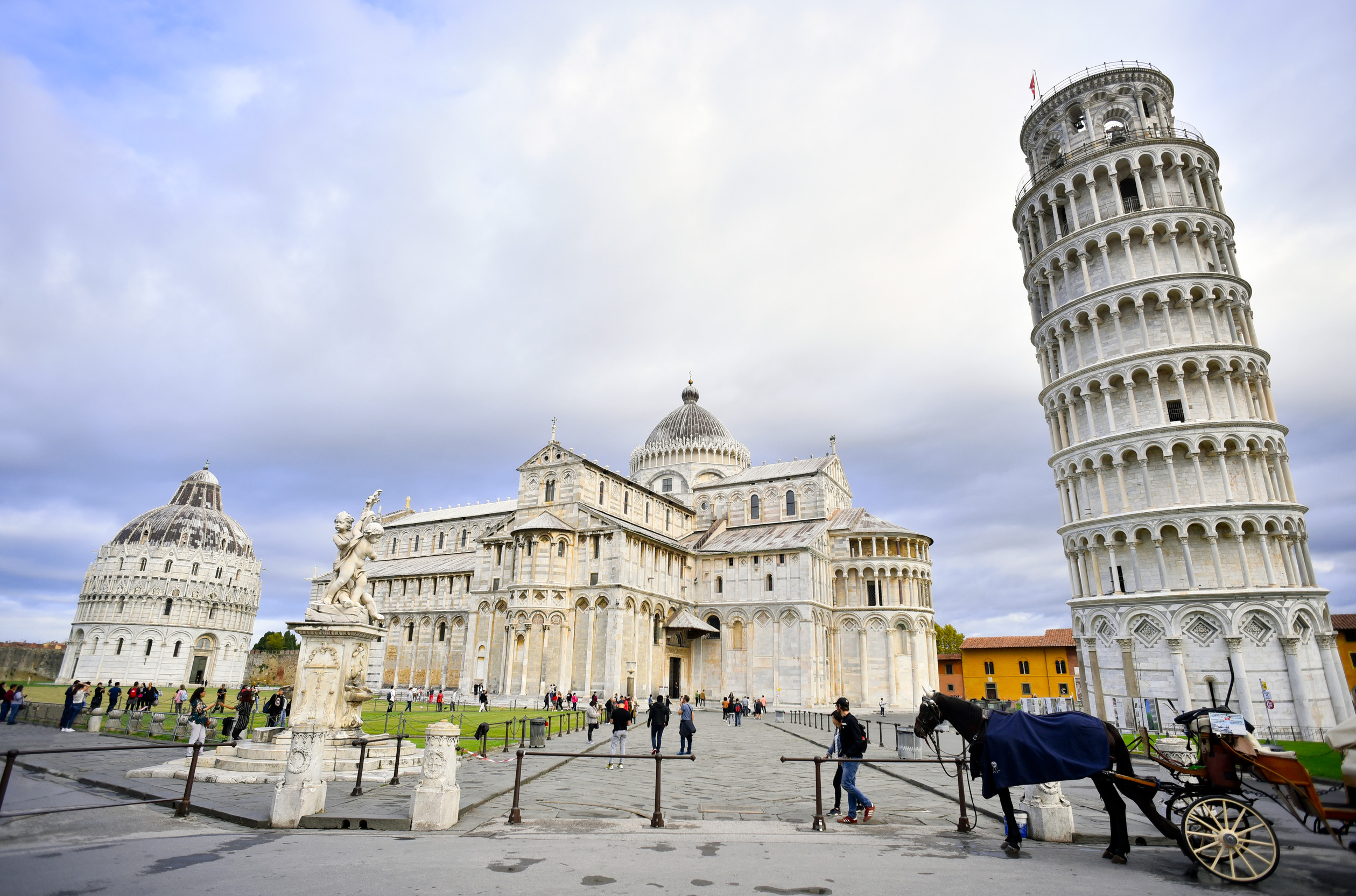With the increasing spread of digitalization and integrated technologies, the Security and Fire sector is opening up to new perspectives, either through alternative application modes or by converging towards different markets. These changes have decisive repercussions on Security and Fire professionals, whose updating is now more necessary than ever, both in terms of business models and training.
How is the market and its demand changing, what actions can be taken to solve the problem of missing professionals? What is the role of SICUREZZA at this particular time?
We discussed this with Giulio Iucci, President of ANIE Sicurezza, and Raffaele De Astis, President of Assosicurezza, who gave us their insights.
According to Iucci: “The market has been evolving exponentially in recent years thanks to digitalization, which is the main driver of this change. This phenomenon involves systems and solutions, even within related sectors, and leads to the interconnection of different worlds. It is therefore necessary to develop new professional skills in order to meet this challenge. [...] It is crucial to have adequate architectural skills and professionalism, but there is a mismatch between demand and supply of labour, especially in the STEM sector. Contributing factors to the lack of professionals are the low birth rate over the last twenty years and the presence of other professional sectors that are much more appealing compared to security or automation technology. Nevertheless, in Italy people coming from universities are often prepared but not always competent to face the market. To fill this gap, ANIE Sicurezza has been working to collaborate with ITS (Technical Institutes) high schools and to reach agreements with several universities aimed at creating specialised targeted courses. In addition to this, it is necessary to train the trainers, because it is our duty to create professionals that are not only efficient and prepared, but also ready to face the market and in line with the new developments of the sector.”
De Astis also added: “The context in which we are living, and in which the world of Security is operating, is undoubtedly in rapid and constant evolution. Think of how in just a few months we have witnessed to the creation of impactful innovations such as Chat GPT or the increasing use of drones, for example, for freight transport. As a consequence, demand changes in relation to technological progress and I would also add due to a generational transition of players in the supply chain. In such a context, it is essential to keep a high standard of professionalism along the entire supply chain, with respect to both technologies and standards to be applied. This applies to the supply chain as a whole, from the security manager, to the designer, the installer, the distributor and the manufacturer.
However, even if technology often runs faster than standards and man itself, the focus must still remain the human being, because we can’t forget that we are talking about Security, which should always be written with a capital 'S'.[...] Being an Association, we are constantly striving to keep these concepts in mind and disseminate them, for the benefit of both member companies and the realities of the supply chain. We are pursuing many initiatives, such as the Focus Tour, Security of Made in Italy, the Manual of Technology, which will be updated and translated into English, as well as training, information and inter-associative activities.”
On last 7 February SICUREZZA announced its membership with MIBA, Milan International Building Alliance, which represents a further step towards meeting the new global challenges of an industry that nowadays is inevitably interconnected with other markets. Sharing experiences, best practices and technological knowledge allows not only to identify new business opportunities, but also to face common challenges - such as digitalization, sustainability, energy efficiency - more effectively.
We asked the two associations about the opportunities that this synergy could bring to companies in the world of Security & Fire.
According to Iucci: “Today digitalization is leading to the integration of neighbouring worlds, with integration meaning a convergence of markets. [...] The sectors of Security and Safety are in fact converging towards building automation. This phenomenon can be found both in the industrial and in the construction sector, where architectures may well be standardized, but it is important to carefully consider aspects relating to design, cabling and even the use of apps. In this respect, we speak not only of home automation, but also of automation and energy saving; and by energy saving we also mean the intelligent management of appliances and systems, which must be able to adapt to users' habits.
We are talking of a totality that consists of both the building envelope and the inside of the building. In such a context, technology, i.e. systems, individual sensors and devices, must be taken into account and needs to be certified in order to guarantee cyber security protection and interfacing with other systems. Furthermore, it is essential to follow best practices to ensure the correct installation of a system. [...] These worlds must also be able to interact from the point of view of the market and the businesses in the sector, although their communication is often fragmented, but thanks to an organization like MIBA, the new logics of the sector can be brought together to generate a 'win-win' system. The building sector can thus become the main driver for integrating these worlds.”
According to De Astis: “Security and Fire is a niche sector, but also a strategic one. [...] The role of a trade fair is among other things to bring players together and put them in a physical arena where there can be discussion, dissemination of information and connection between companies, in order to create opportunities for all parties. In today's hyperDigital world, it is evident that industry events, while gathering together the above-mentioned players, must evolve and seek alliances with adjacent and related markets or even with certain vertical target markets. In this case, the decision to focus on the word 'building' can bring a boost of appeal and broaden the audience, in particular by uniting end users who are searching for several solutions at once.”
